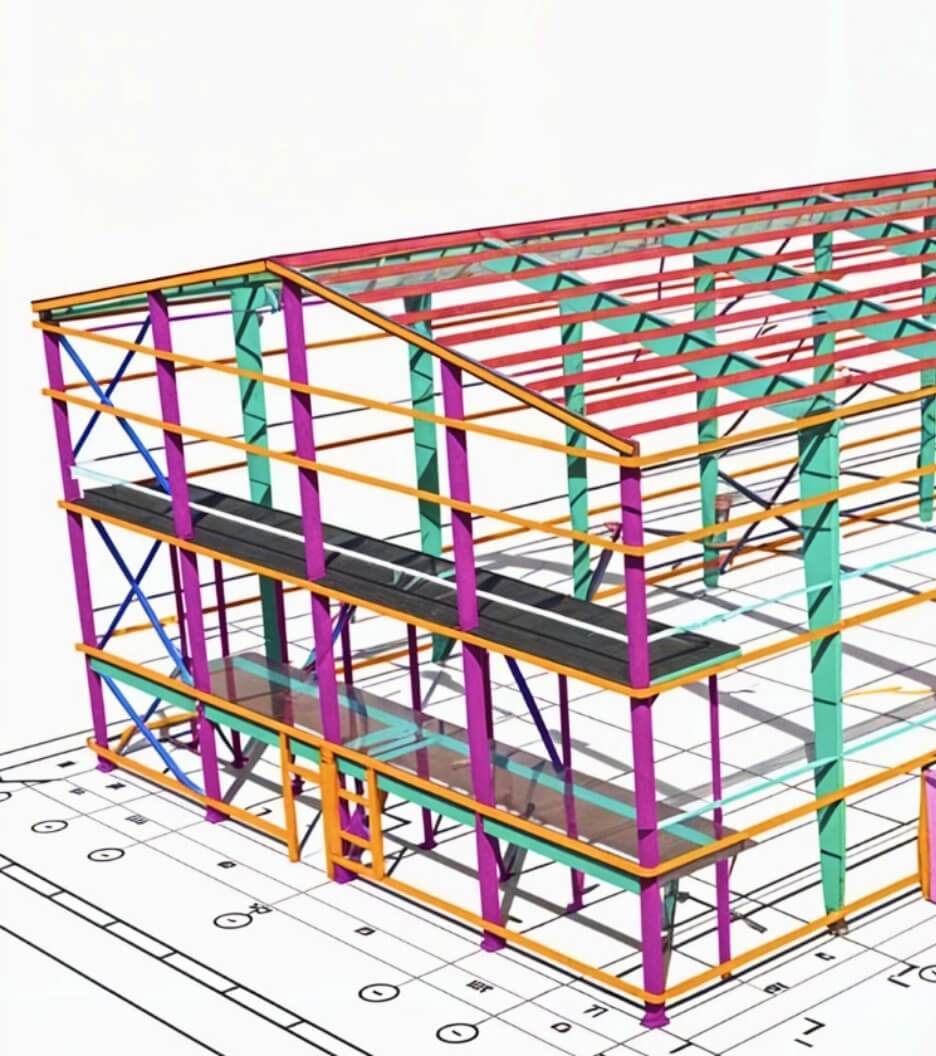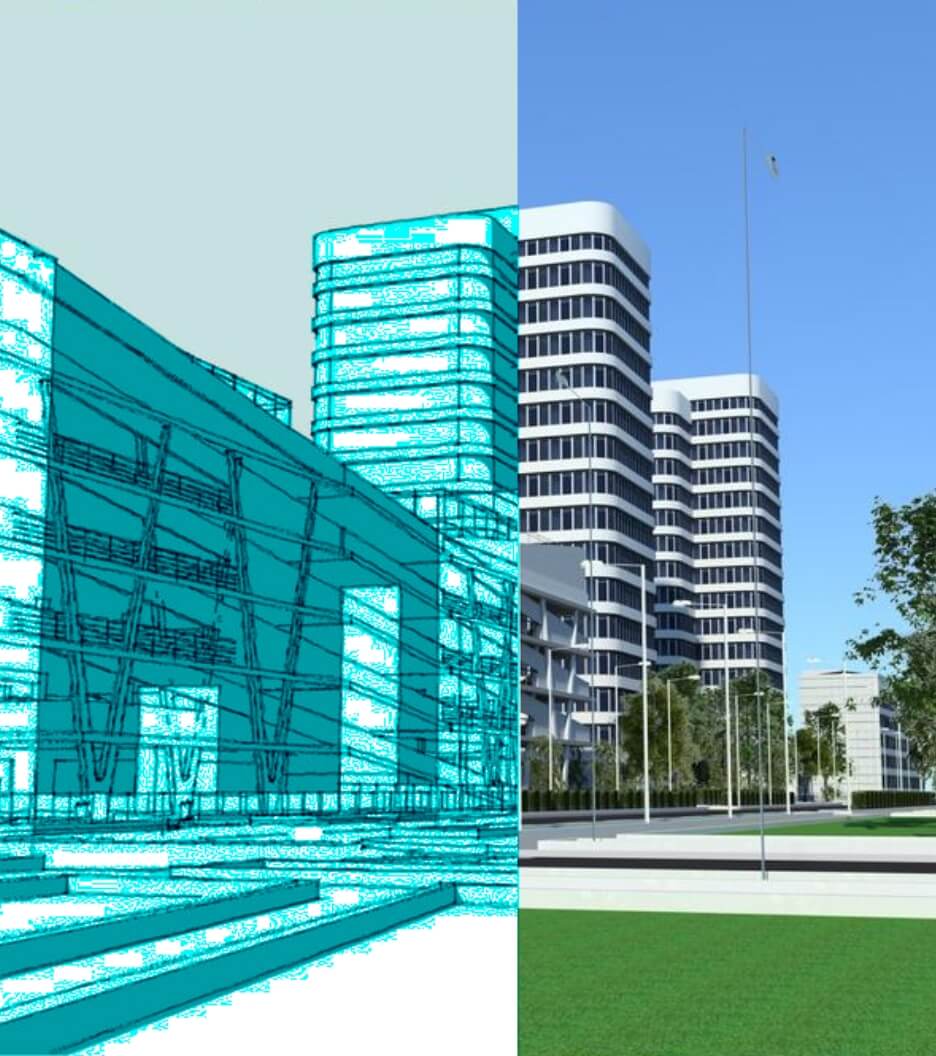 Him Darji
Him DarjiHow the 5D BIM Model Benefits the Construction Projects
 Him Darji
Him Darji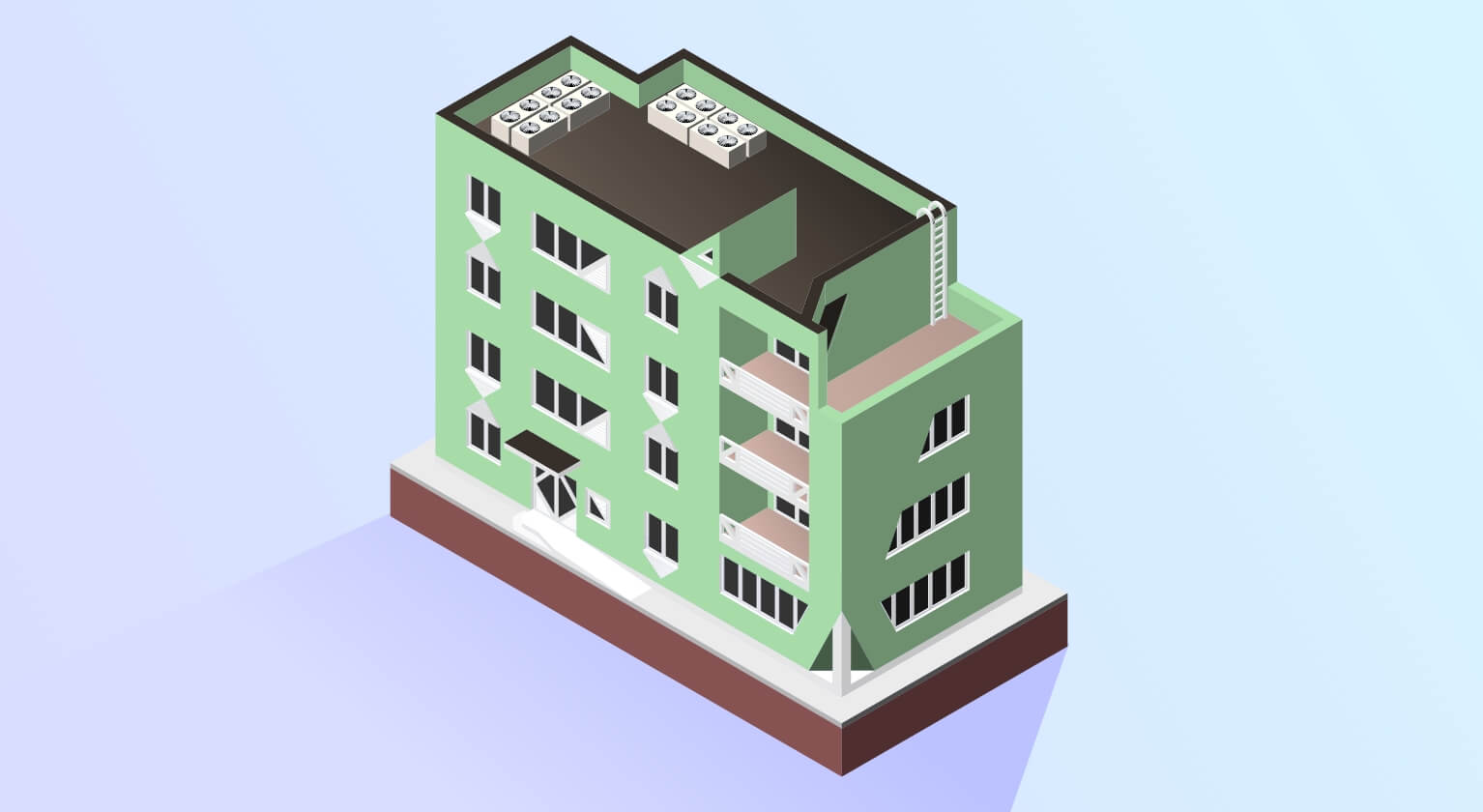
Send Us Your Requirement
In modern times, technology advances at a rapid pace, impacting various industries in the economy. With rapid development in the market, the construction industry has witnessed a major revolution since ancient times. Earlier, when Romans, Greeks, and other ancient societies created the earliest human-made formations, moving earth and stones into geometric forms. Today, when we look back, there are many fine examples of well-preserved prehistoric architecture with exquisite and scientific prominence. One of the most well-known architectural histories is dedicated to Egyptian and Roman construction who structured landscapes that have become the epitome of the architecture industry today. Surprisingly, these constructions were done accurately, precisely, and meticulously without any use of technology, tools or any equipment. All the heavy stones were manually lifted by laborers which is why it took many years for a monument to be completed.
Jumping on to today’s era, architecture has been modified with add-ons of the latest tools and cutting-edge technology. The present scenario of the construction sector has been transformed with the introduction of an uplighting technology called building information modeling. About a decade ago, BIM preface drastically took the AEC industry to new levels. Gradually, this technology was the latest advanced in the BIM level of development (LOD) on the basis of various BIM dimensions, including
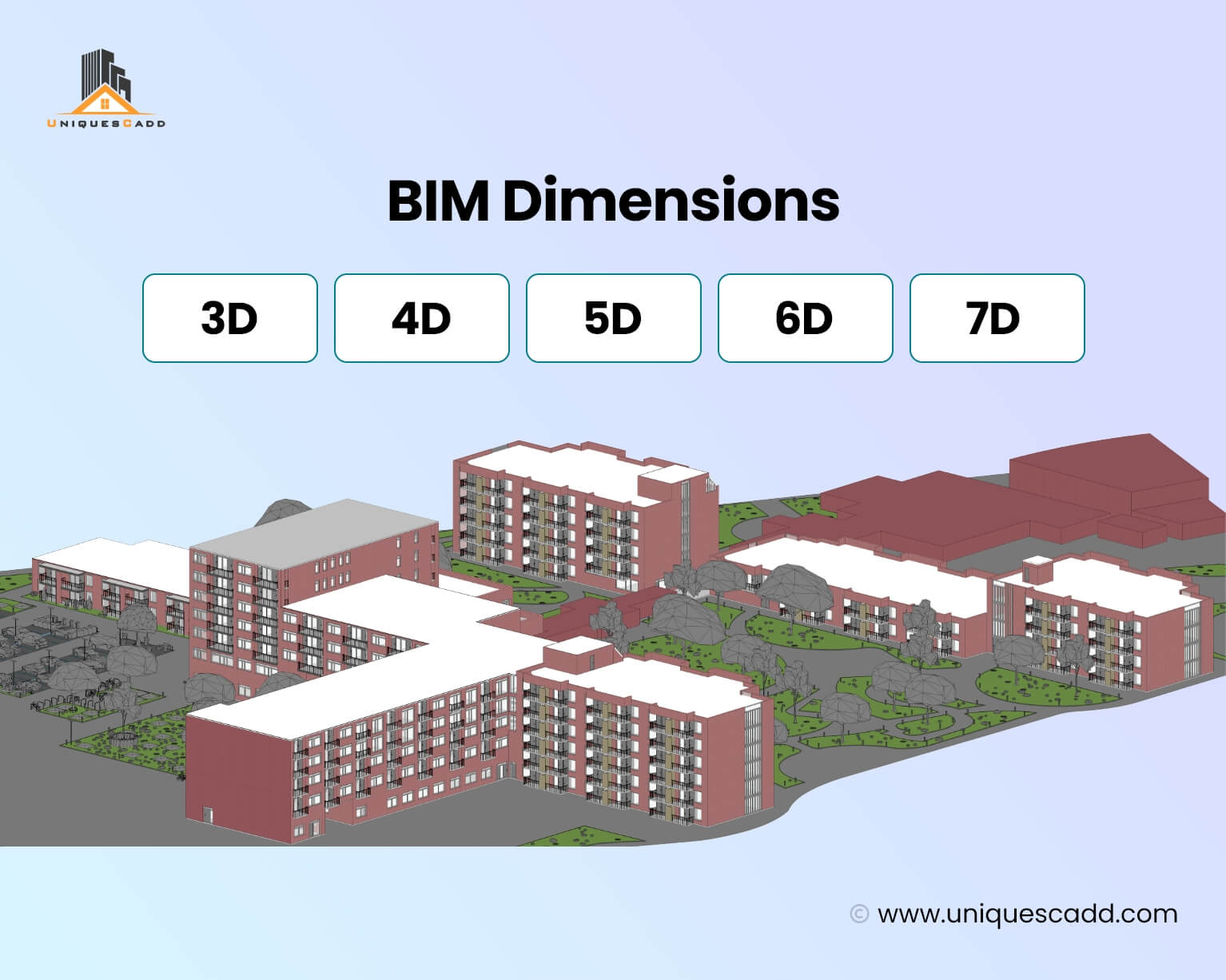
LOD is defined as a method to convey the needs to AEC professionals and form a streamlined workflow to avoid any misconceptions and potential risks to the buildings. With that being considered, dimensions in the designs have also been witnessed with growth from 2D to 5D. BIM services integrated with dimensions of design allows it to stay ahead of the curve in the market. With rapid development and transformation in the AEC field, 5D was introduced to improve the level of construction in a much better way.
Integrating BIM modeling services with 5D simulation models enables the 3D model and the fifth dimension to be linked to tracking the development of activities and associated costs over time in the construction process. Using a 5D model allows for cost extraction, analysis and the evaluation of different scenarios, resulting in more precise and predictable estimations of quantities, materials, equipment, and labor. 5D BIM services enable stakeholders to comprehend, analyze, uncover, and document the impact of modifications on project costs. Which is why it is vital to outsource BIM services by a reliable and experienced team of professionals to get the accurate results.
The 5D model aids contractors in seeing hazards at an early stage, which improves decision-making and streamlines the workflow in the construction. Let’s explore how 5D BIM helps in construction projects and allows AEC professionals to make significant decisions for accurate building.
What is 5D BIM & Benefits of 5D BIM Model?
5D BIM refers to the real-time extraction or construction of fully valued parametric building components within a virtual model. It enables skilled users to generate models that show how changes to materials, layouts, square footage, and other design elements affect not only the appearance of a facility but also the cost and timeline of construction. It helps AEC professionals to have a glimpse of the cost of the equipment, materials to use, labor, and other expenses. Moreover, the 5D model allows the smooth involvement of AEC professionals, including architects, engineers, and collaborators, to work in a streamlined manner.
According to experts, it is critical to deploy BIM vertically across all disciplines and stages of a building project. With its time scheduling and cost prediction capabilities, the 5D BIM model enables a more robust, efficient building process and manages the material resources based on the project schedule.
5D BIM allows for real-time integration of the 3D model to budgetary and costing heads, simplifying budgeting, speeding decision-making, and improving the correctness of your BIM model. Here are some benefits of implementing 5D building information modeling.
benefits of implementing 5D building information modeling
Automatic Cost Estimation and Forecasting
Quicker Quantity Takeoffs
Design modification resulting in quantity take off
Interdisciplinary Clash Detection
Speedy Material Procurement Assistance
Streamlined Collaboration and Communication
Automatic Cost Estimation and Forecasting
Complex BIM models generate precise quantities of various building components, allowing you to compare them to current purchasing rates. This supports project stakeholders in creating an accurate cost estimate for the entire project from the beginning. The probability of risks and losses due to mismanagement and miscommunications is decreased when cost estimates are correct.
Quicker Quantity Takeoffs
5D model adoption provides the path for the automation of quantity takeoff development. This saves time on BOQ creation while eliminating the possibility of inaccuracy due to human error. When the BOQ generation process is automated, estimators can redirect their time savings to more essential tasks like identifying financial risks and establishing price models.
Design modification resulting in quantity take off
Every modification to a component or design affects the project’s cost. The cost change is instantly reflected in the BIM model with 5D BIM. Changes to quantity takeoffs are also reflected in any relevant papers and schedules an estimate uses. In this article, you may learn more about the role of BIM in the BOQ and BOM development processes.
Interdisciplinary Clash Detection
The latest BIM software allows you to create precise material takeoffs and construction schedules. This will enable you to receive more accurate cost estimates and manage the construction process more efficiently. The programs ensure contractors know where and when their workers will be deployed.
Speedy Material Procurement Assistance
Because 5D BIM accelerates the incorporation of budgeting and financial information based on the BIM model, material purchasing decision-making becomes more accessible. Contractors, for example, can use quantity takeoffs and bills of quantities to update item lists and expedite the material procurement process.
Streamlined Collaboration and Communication
Construction processes involve many phases and require the slightest attention to details. To keep the complex process simple, it is vital for AEC professionals to have effective communication and collaboration for the success of the project. With the help of 5D BIM modeling, it improves communication with stakeholders and other collaborators involved. 5D BIM services create appealing visualizations and simulations that convey complex information in a more straightforward format. Besides, it also helps in better project outcomes with client satisfaction.
As the uplighting technology in the AEC sector has holistically made alterations in the working culture. The digital era in the industry demands for more accuracy as well as expertise to ensure the application of BIM technology. Therefore, having outsourcing experts can bring in accurate results. To outsource BIM services by reliable partner, it is evident to research, set scope of work, mark budget and look for companies that fit right into project requirements.Harness the Power of 5D BIM for your next project
Get in Touch with our Experts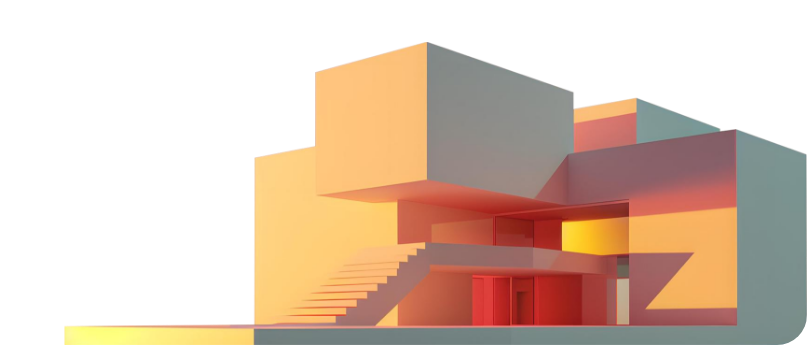
Bottom Line
Since building information modeling has brought a significant revolution in the AEC industry, the 5D BIM model extended in transforming the industry more satisfyingly by integrating cost management into the BIM process. 5D BIM offers unparalleled efficiency to the project lifecycle while resolving cost and budgeting concerns for better outcomes, considering all costs. Despite the hurdles of 5D implementation, the procedure can be immensely beneficial to the future of a project. Working closely with BIM consulting service providers can help them generate timeless buildings regularly since 5D BIM technology allows efficient and perfect design and construction procedures.

